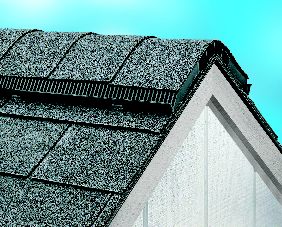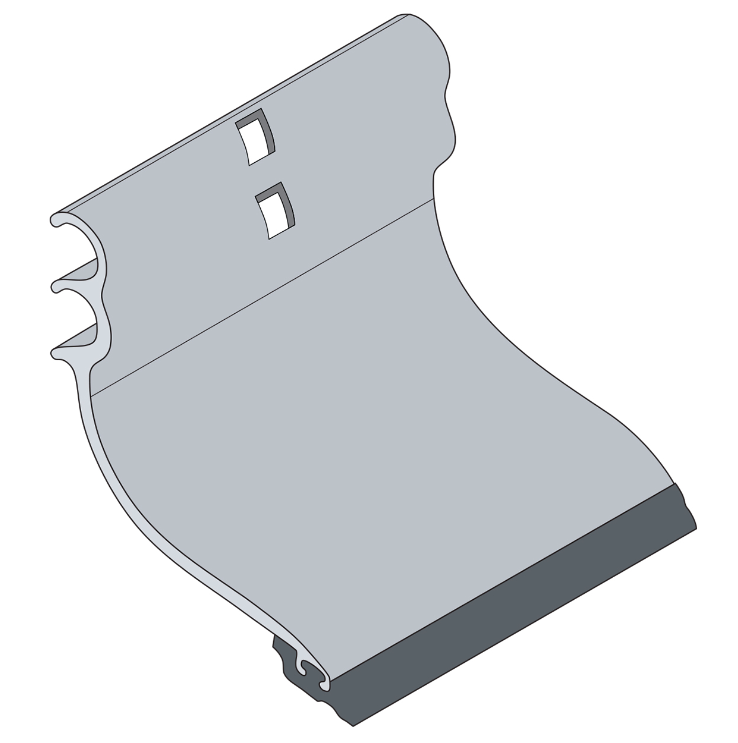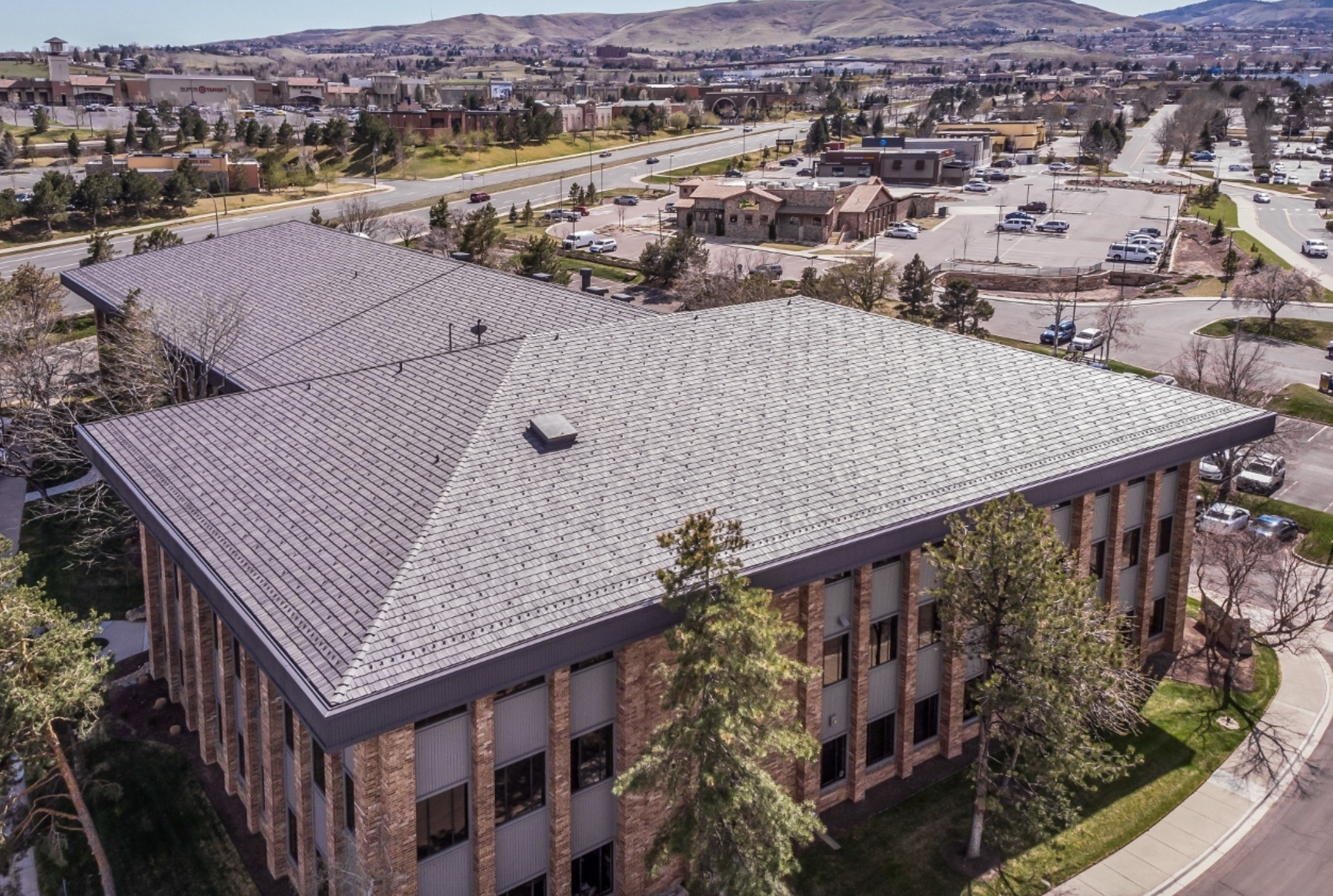As we headed into the heart of winter, I had an interesting discussion with Chuck Miccolis, managing director of commercial lines at the Insurance Institute for Business & Home Safety (IBHS). He shared some tips on ways small business leaders can evaluate their risk and reduce downtime ahead of winter storms – and how roofing contractors can help local businesses, commercial property owners, and homeowners prepare facilities to help prevent costly damage when a storm hits. Checking the roof, gutters and downspouts is essential — as is creating a business continuity plan.
“The roof is the number one defense for a building,” Miccolis says.” You have to keep it in good shape. It all starts with that. And the edge flashing is the first line of defense for the roof.”
Heavy snow and high winds can cause problems for both steep-slope and low-slope roofs, including ice dams, roof blow-offs and roof collapse. Ongoing roof maintenance is a crucial component of preparing for storms. It can also be necessary to ensure the warranty.
“Roof maintenance is something roofing contractors should love,” says Miccolis. “It increases sales and spreads out the workload in the winter months when roof installation might not be feasible. Roofing contractors should have a preventative maintenance plan with their customers. They could inspect the roof quarterly or seasonally, and then before and after – certainly after — severe weather events. You’d want to do a pre-inspection of the roof to make sure that the roof is in decent shape. If I know a winter storm is coming, I want to make sure that the leaves have been removed and we’ve got proper drainage in the gutters.”
Snow Loads
Determining the roof’s maximum snow load is a key step. “On the snow load side of things, roofing contractors can work with their clients to make sure that their roofs can withstand heavy snowfalls,” Miccolis says. “We’re seeing severe weather in different parts of the country, especially in the southern areas, where roofs might not be designed for the snow loads they are getting. You get some fresh snow, it might be no big deal. But if it starts to melt a little bit, and you have another storm come through, you could get more snow on top of that.”
Fresh, powdery snow is typically lighter than wet packed snow, and ice is heavier than snow. IBHS compares them this way:
- 12 inches of fresh/fluffy snow equals 5 lbs./sq. ft.
- 5 inches of packed/old snow equals 5 lbs./sq. ft.
- 1 inch of ice equals 5 lbs./sq. ft.
Owners might need a roofing contractor or even a structural engineer to identify potential problems and determine the snow loads the roof can handle. “Issues to consider include making sure roofs can withstand snowdrifts near rooftop equipment, especially if roof-mounted equipment has been installed after the building was initially designed. If there have been any additions to the building, and one part of the building is a little bit higher than another, there might be snowdrifts there, so make sure the roofs can withstand the load.”
Snow Removal
If snow must be removed, Miccolis has this advice for building owners: “Hire a certified, qualified, insured, and licensed roof contractor to do snow removal safely. We don’t want people getting up on their roofs trying to remove snow.”
Ice Dams
On steep-slope roofs, ensuring the attic is properly insulated and ventilated is the key to preventing ice dams, which are caused when melting snow refreezes at the eaves and backs up underneath the shingles. “Icicles hanging down from the gutters might look pretty, but they indicate a problem — ice dams,” Miccolis says. “If you have piping in attic spaces, including fire protection systems, you have to be aware of potential freezes there, especially again as we move further south.”
High Winds
“Your perimeter edge flashing should be well secured, because that is the first line of defense for roof securement,” notes Miccolis. “Making sure perimeter flashing is well secured should be part of periodic maintenance. Make sure no debris is on the roof and roof-mounted equipment is wells secured.”
Expert Advice
Contractors can help building owners with ongoing consultations and maintenance. They can also share tips from IBHS to help business owners with ways to secure parts of the building beyond the roof.
“Be the hero by providing information about forming a business continuity plan,” Miccolis says. “Send them the link https://ibhs.org/winter-ready-business/ and say, ‘Here are some other resources available to you on the IBHS website. Have a business continuity plan in place for the winter — IBHS has some great ideas — and inspect and prepare your building for severe winter weather in advance.’”
Preventative maintenance not only helps increase contractors’ workloads in the winter, it can lead to future roof replacement projects, notes Miccolis. “When roofs are in need of replacement, adhering to the FORTIFIED standard —a voluntary construction standard backed by decades of research — can ensure that roof stands up to severe weather in the future.”
“Severe winds often accompany winter storms, and our FORTIFIED program can help in a couple of ways: it can keep the roof on, and it can also prevent ice dams from occurring on steep-slope roofs,” Miccolis concludes.
For more information about helping businesses prepare for winter storms, visit https://ibhs.org/winter-ready-business/.






Be the first to comment on "Helping Building Owners Brace for Winter Storms"